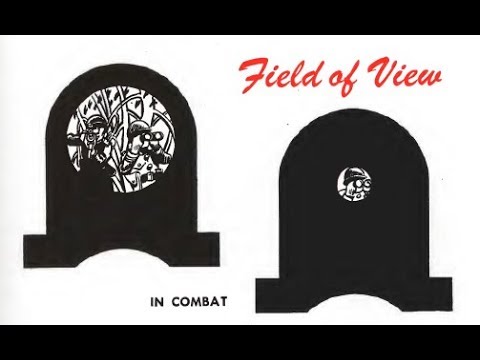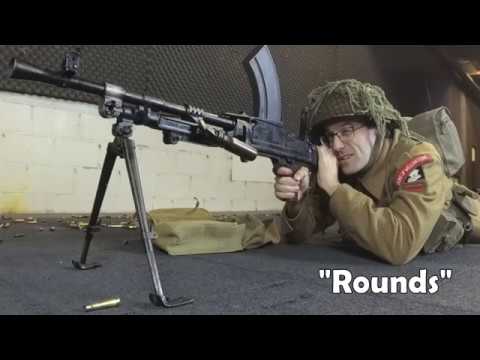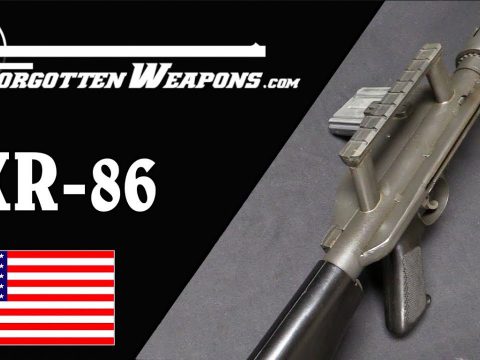http://www.forgottenweapons.com
Intro music by Dylan Benson – http://dbproductioncompany.webs.com
They Type 26 was an indigenous Japanese revolver introduced in 1893 (26th year of the Meiji era) to replace the Smith & Wesson No. 3 in Japanese military service. In many ways the Type 26 was akin to the other military revolvers of the day, like the Russian (and Belgian) Nagant, the French M1892, as well as the later models of Webley. It uses a fairly weak (by today’s standards) 9x22mm rimmed cartridge, which was roughly equivalent to a light .38 S&W load.
Type 26 revolvers were manufactured until 1930, and although the Type 14 and Type 94 Nambu automatic pistols were adopted to replace it, the Type 26 revolver saw service through the end of WWII. In fact, these revolvers tended to live quite harsh lives, and the majority were arsenal refurbished at some point (some being refurbished more than once).
In shooting and handling, I found the Type 26 very similar to the British Enfield No2MkI. Both have quite light recoil thanks to their light-powered ammunition, and both are double-action only designs. As with the Enfield, the Nambu trigger feels too heavy when target shooting or general handling, but I suspect it would prove well suited to combat shooting (as the Enfield certainly does). One interesting potential defect of the Type 26 is that its cylinder can spin freely until the trigger is pulled, at which point it is indexed by one position and locked in place. This theoretically makes it possible for a partially-fired cylinder to be inadvertently rotated, and a previously-fired round to wind up under the hammer when the shooter is expecting a live round. This seems unlikely to happen very often, but it is possible. The rapid unloading of the break-action design is nice, although (again, as with the Enfield) loading cartridges individually prevents the gun from being very fast to get back into action.
Overall, I like the Type 26. It isn’t flashy or powerful or particularly innovative, but it is a reliable and effective combat sidearm. It’s a shame the ammunition is essentially unobtainable outside of converting brass and handloading.

At Forgotten Weapons I think the most interesting guns out there are the most obscure ones. I try to search out experimental and prototype weapons and show you how they work, in addition to more conventional guns that you may not have heard of before. You’re much more likely to find a video on the Cei Rigotti or Webley-Fosbery here than an AR or Glock. So, do you want to learn about something new today? Then stick around!





